Captain Louis J. Taylor, 2nd Separate Troop of Louisiana Cavalry Commander's Uniform Group
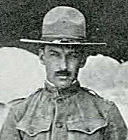 |
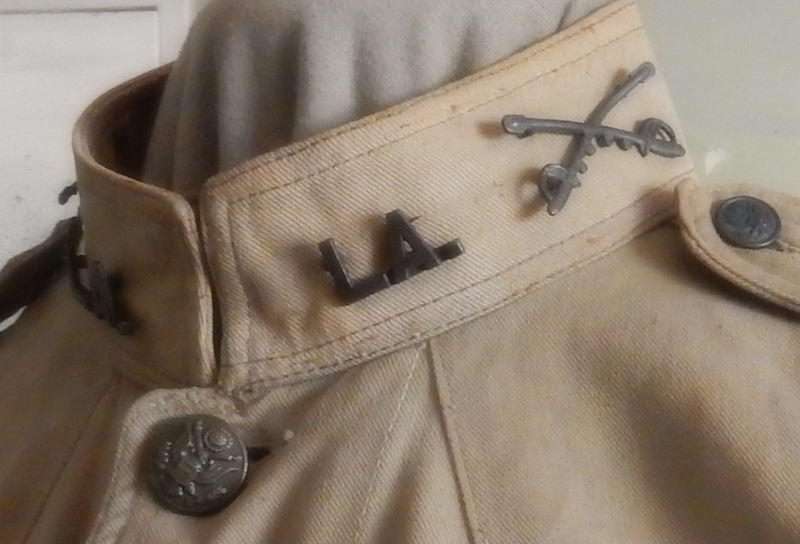 |
Louis John Taylor was born 18 July 1889 in Hampton, Iowa. He graduated with an A.B. in Geology and Mining in 1912 and by 1914 was an assistant metallurgist at the Cyanide Plant, Babilonia Mine, Nicaragua. Louis J. Taylor returned to the US by 1916 and served as a First Lieutenant of Cavalry with the First Louisiana Cavalry Troop in the Mexican Punitive Expedition. Louis J. Taylor was promoted to Captain and served as troop commander of this Louisiana National Guard Cavalry troop when it was taken nearly intact into Federal active duty. It formed Second Separate Troop of Cavalry in 42nd Division August 1917. The 2nd Separate Cavalry Troop had a unique role in the 42nd Division. Most of the Louisiana National Guard men that made up the unit were fluent in French and English languages. They were not only skilled horsemen that served as couriers for the division staff but also had the ability to communicate with the soldiers of the French units the 42nd Division was serving alongside. You can imagine the difficulty most American couriers would have trying to even locate the correct French Officer to hand over documents to without the ability to speak French language. In the last month of the war, Captain Taylor was transferred to the 1st Gas Regiment so did not return on the same transport ship as the remainder of the 2nd Separate Cavalry Troop. Today, the 108 Cavalry Regiment of the Louisiana and Georgia Army National Guard carries the linage of the 2nd Separate Troop (HQ Troop)
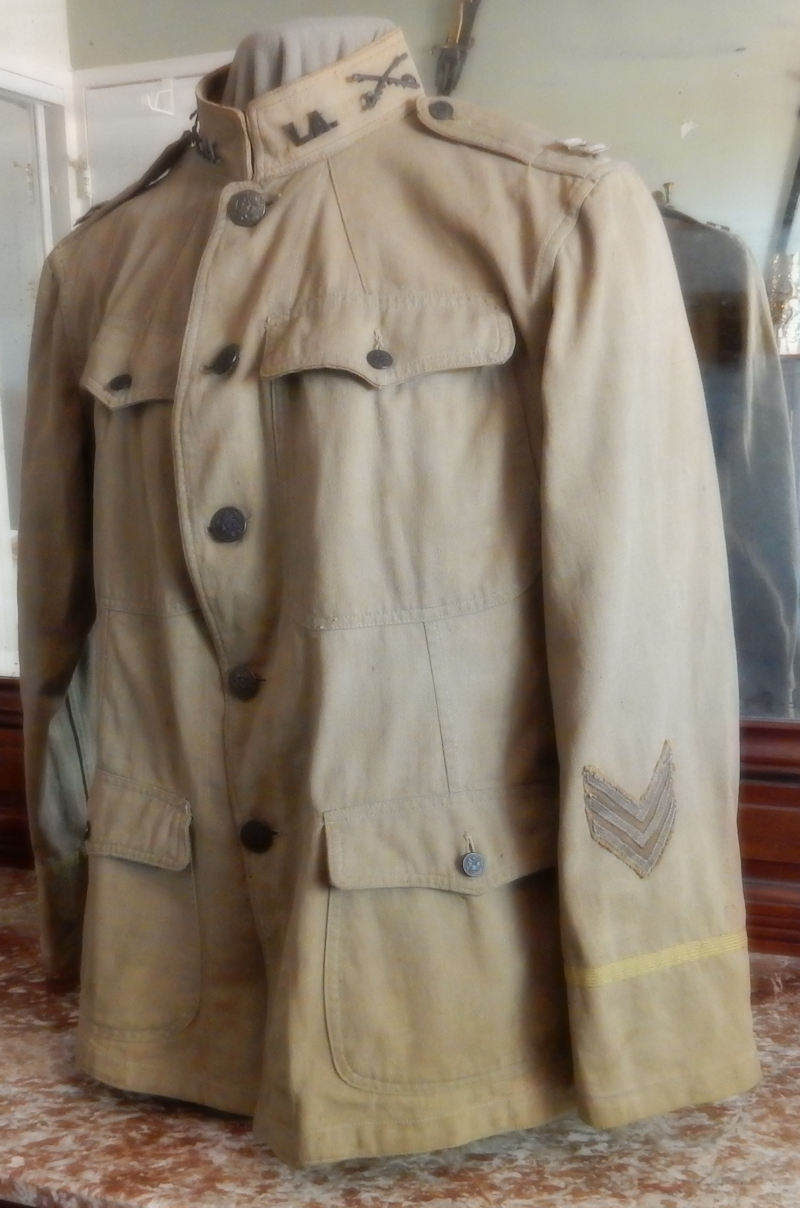 |
Above and Below: The US M1912 officer’s cotton coat for Captain Louis John Taylor, the commander of the Second Separate Troop of Cavalry, 42nd Division. Notice the three overseas chevrons for eighteen months of service in France 1917-1918. The officer’s cuff braid is present. There is a set of state brass for Louisiana along with crossed sabers for the Cavalry branch. I do not think the Louisiana state brass was authorized by the US Army 1917 regulations. There is a set of Captain’s rank on the epaulets. The buttons are US buttons not Louisiana ones
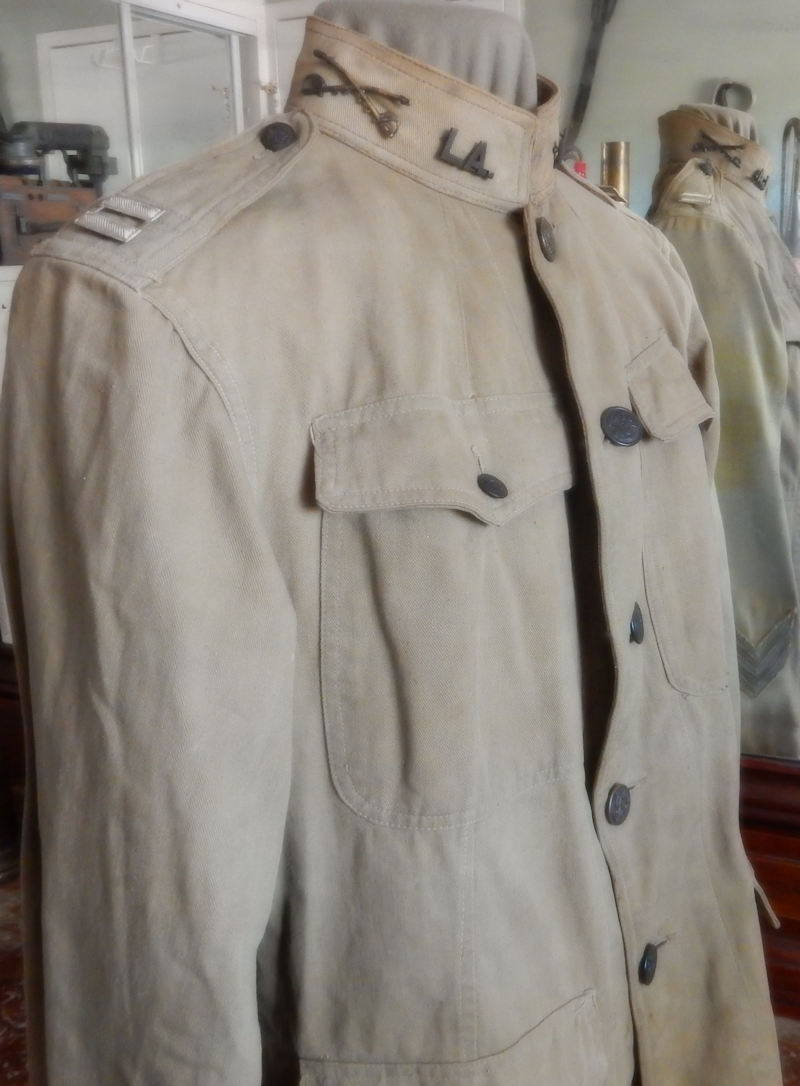 |
Below: A closer look at the Louisiana brass on the collar and the crossed sabers for Cavalry branch
 |
Below: A close look at the three overseas chevrons for eighteen months of service in France
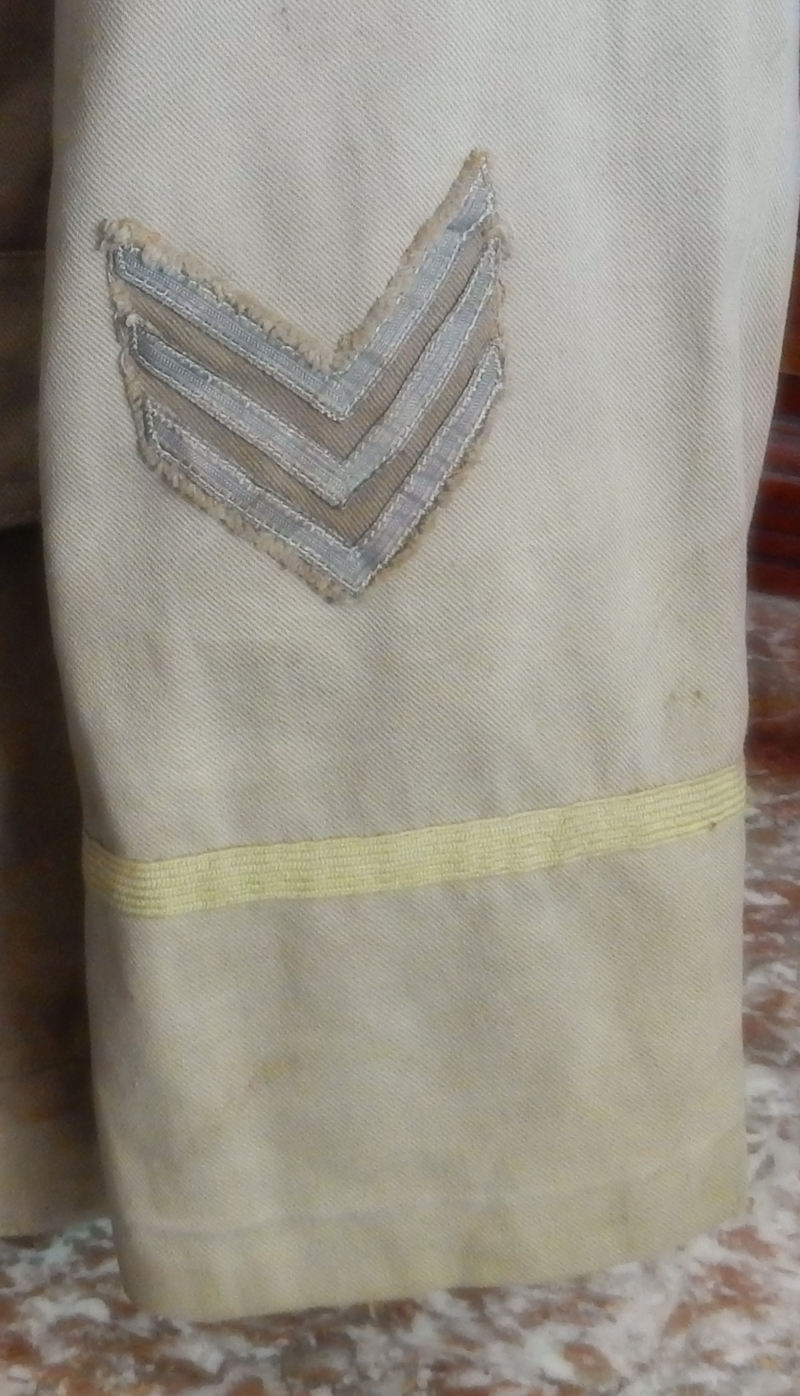 |
Below: The name “Louis J. Taylor” and “A Troop LA Cavalry” handwritten in the uniform lining. I have not found an official designation for the unit as A Troop, but it is obvious there were a lot of names associated with this troop, including Headquarters Troop, First Separate Troop, and Second Separate Troop
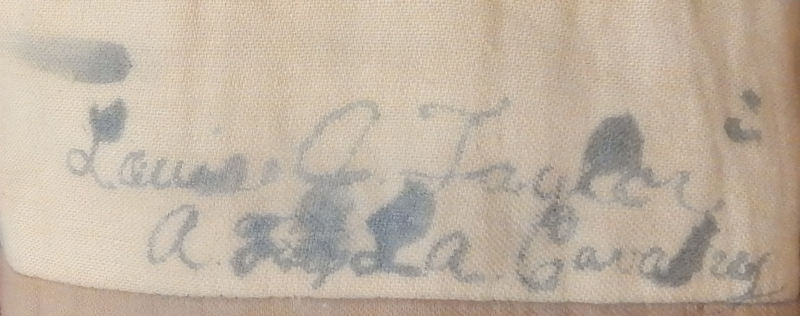 |
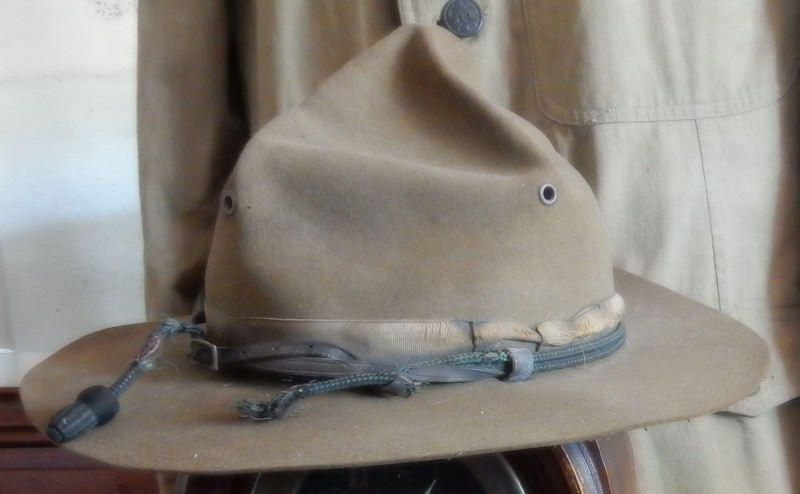 |
Above and Below: The campaign hat with an officer’s cord. There is a marking to Augusta, GA with a company name that appears to be G.E. Travis Company
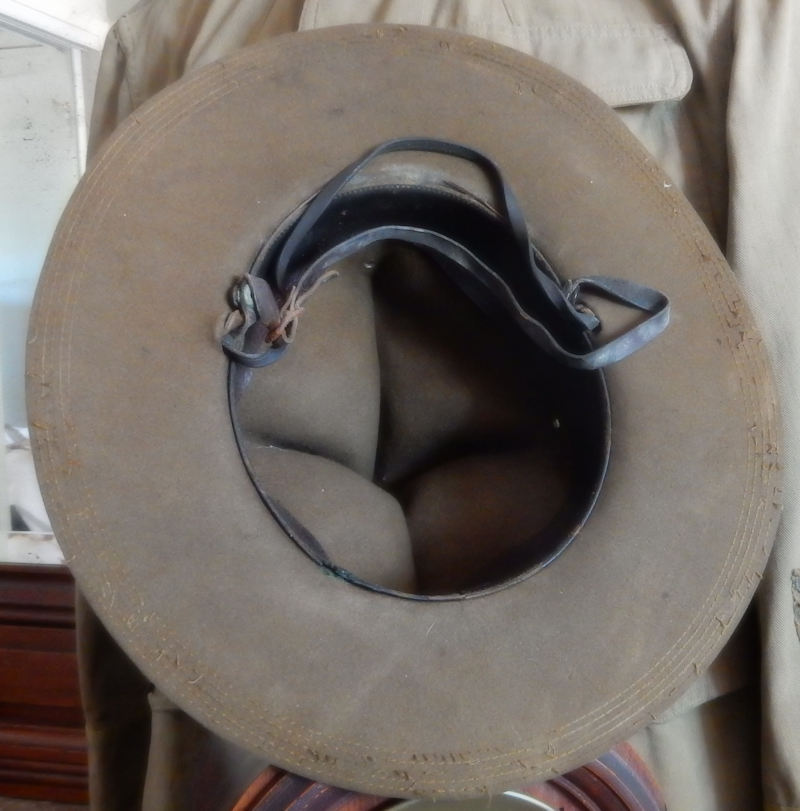 |
Below: A US Army Cavalry branch set of cross sabers with "A" for A Troop along with a miniature of the Punitive Expedition Medal for the mess dress uniform, not the M1912 field uniform. These were with the uniform. This set of cross sabers were on the campaign hat. I removed these because the photos and regulations do not indicate that these should have been on the hat for an officer. I think they were just put on after the war
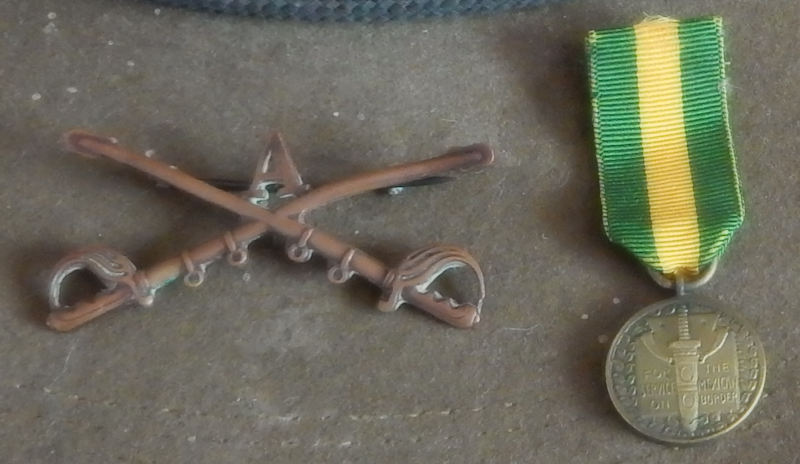 |
 |
Above: A brief biography of Louis John Taylor
Below: Louis J. Taylor’s certificate of registration from overseas civilian work in Nicaragua as a US citizen in the mining industry
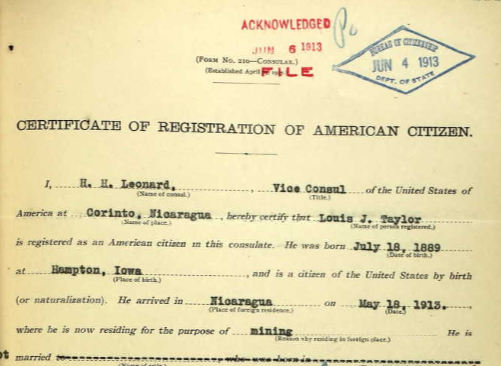 |
Below: A photograph of Captain Louis John Taylor
 |
Below: The group photograph of the officers and future officers of the 2nd Cavalry Troop.
On the Left is Captain Louis J. Taylor, Middle is Lieutenant Roy Miller and Right is Sargent Robert Ricker
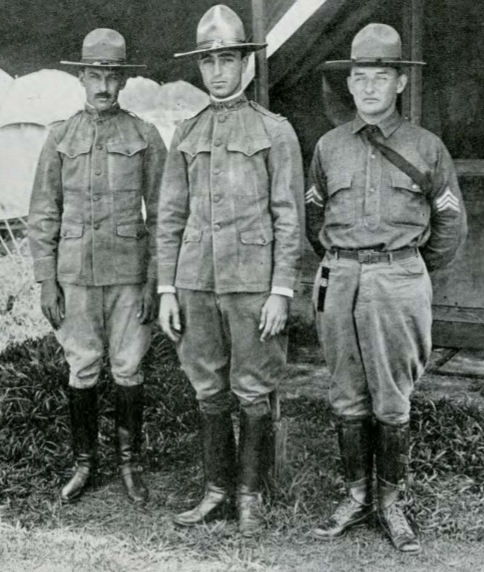 |
Below: Captain Louis Taylor listed as the commander of the Second Separate Troop (Headquaters Troop) in the Roster of the Rainbow Division
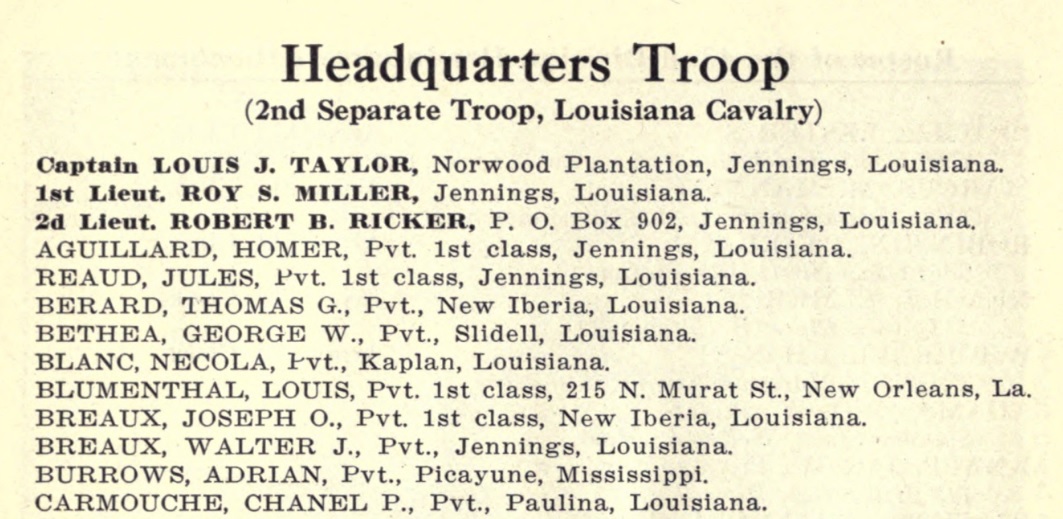 |
Below: The First Troop of Louisiana Cavalry on parade likely before being incorporated into the 42nd Division as the Second Separate Troop
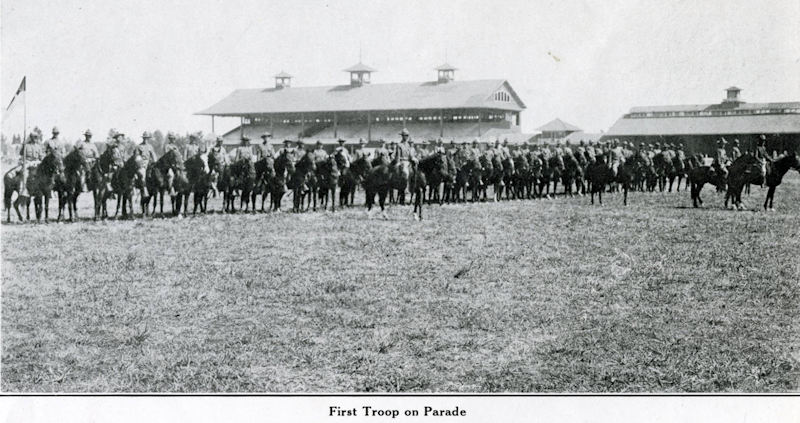 |
Below: Eighteen October 1917 dated transport record onboard the Covington for Captain Louis Taylor going to France
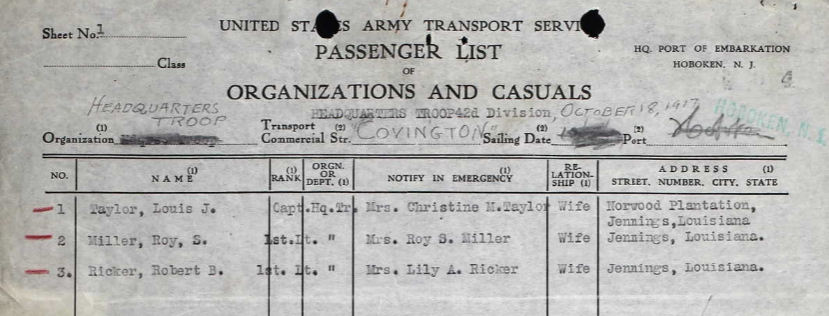 |
Below: Return from France to the USA for Captain Louis Taylor. He was reassigned to the First Gas Regiment in the last month of the war
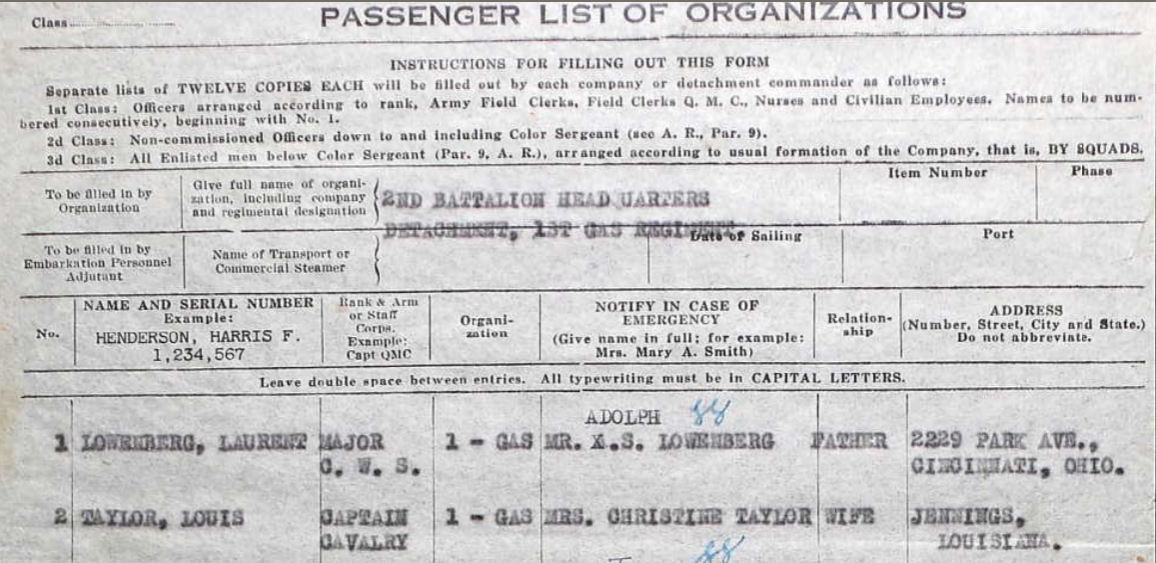 |
Below: The Camp Nicholls 1917 book with an article about the Louisiana Cavalry Troop written by Captain Louis Taylor. Interesting to note that at this point the unit is referred to as the First Separate Troop of Cavalry
(Thanks to Bev Boyko of the Louisiana National Guard Museum for the scan of the Camp Nicholls book)
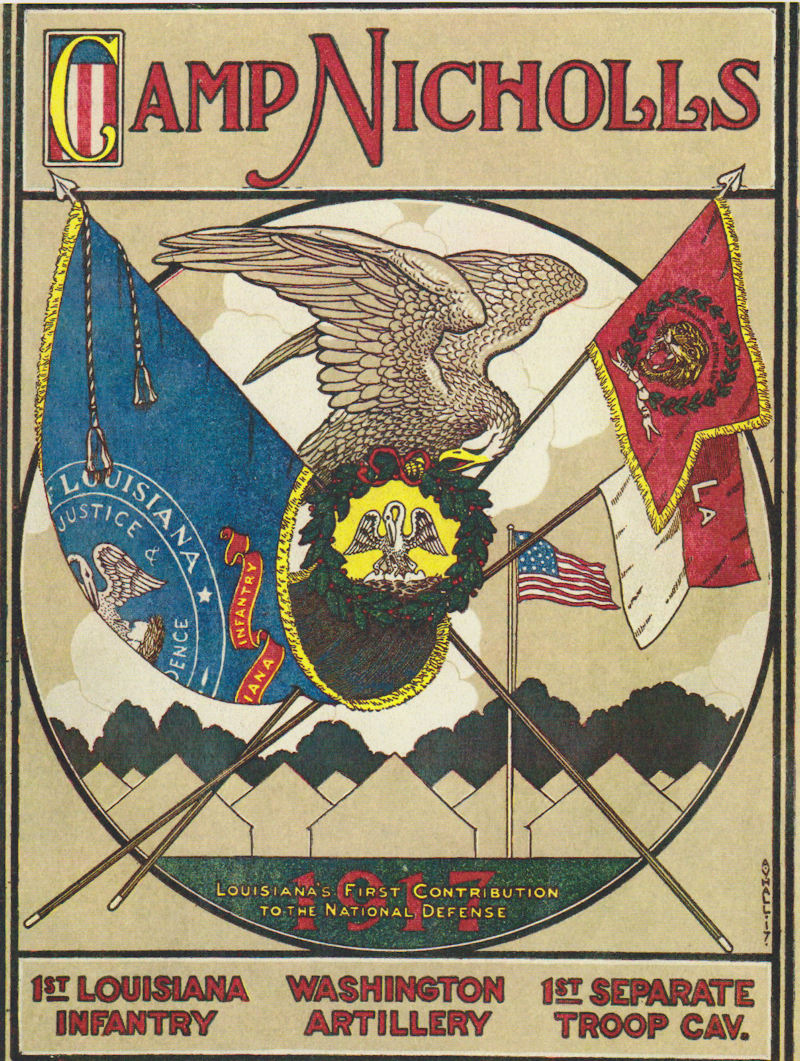 |
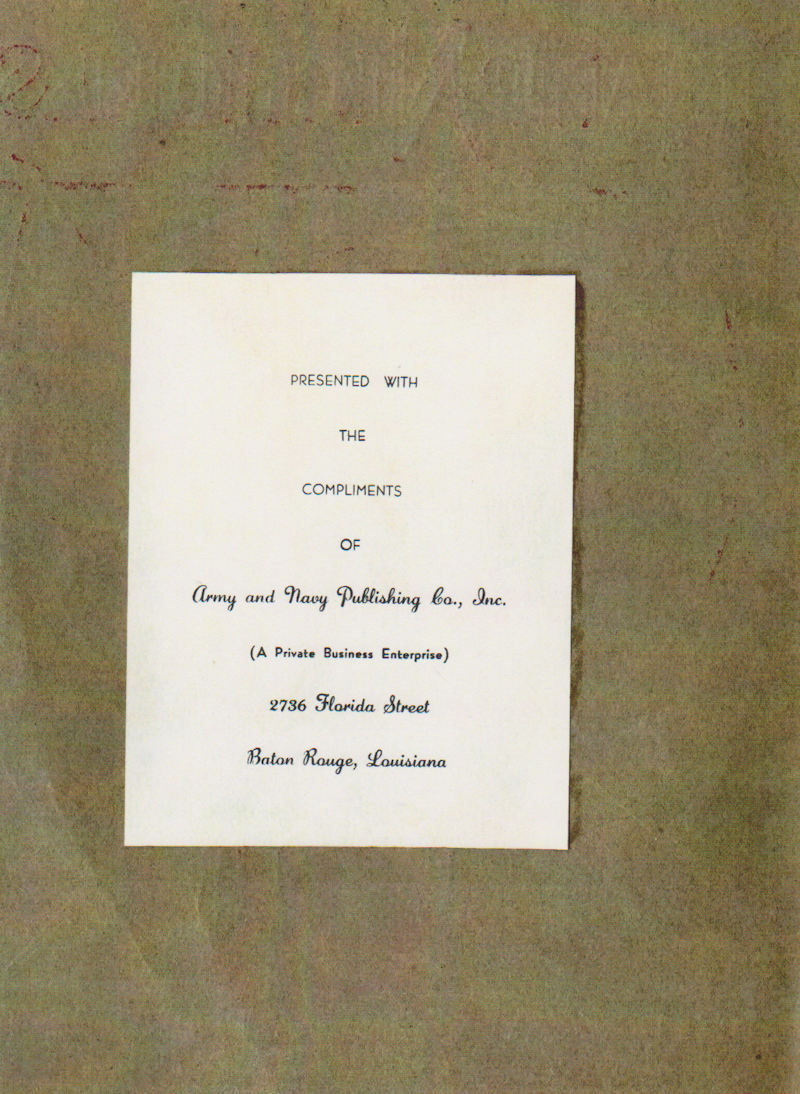 |
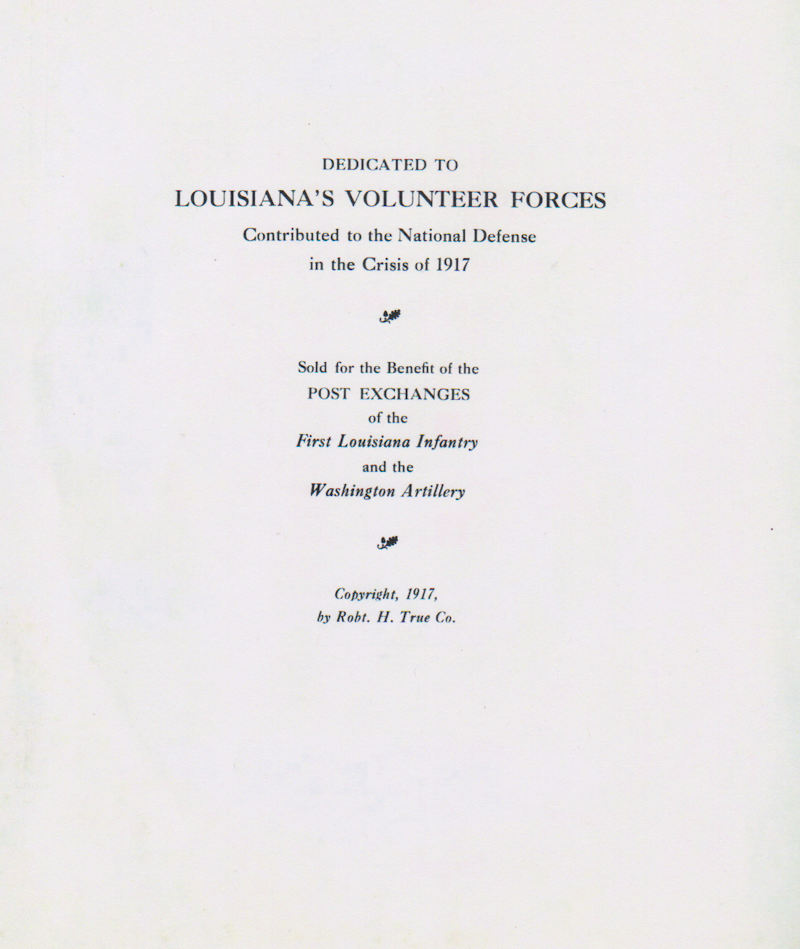 |
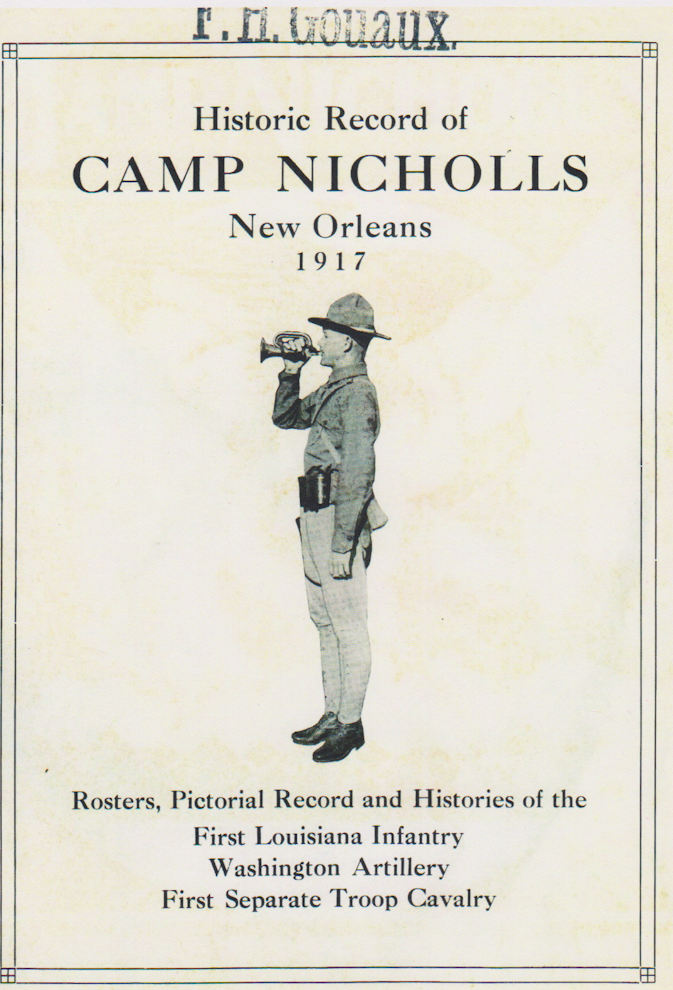 |
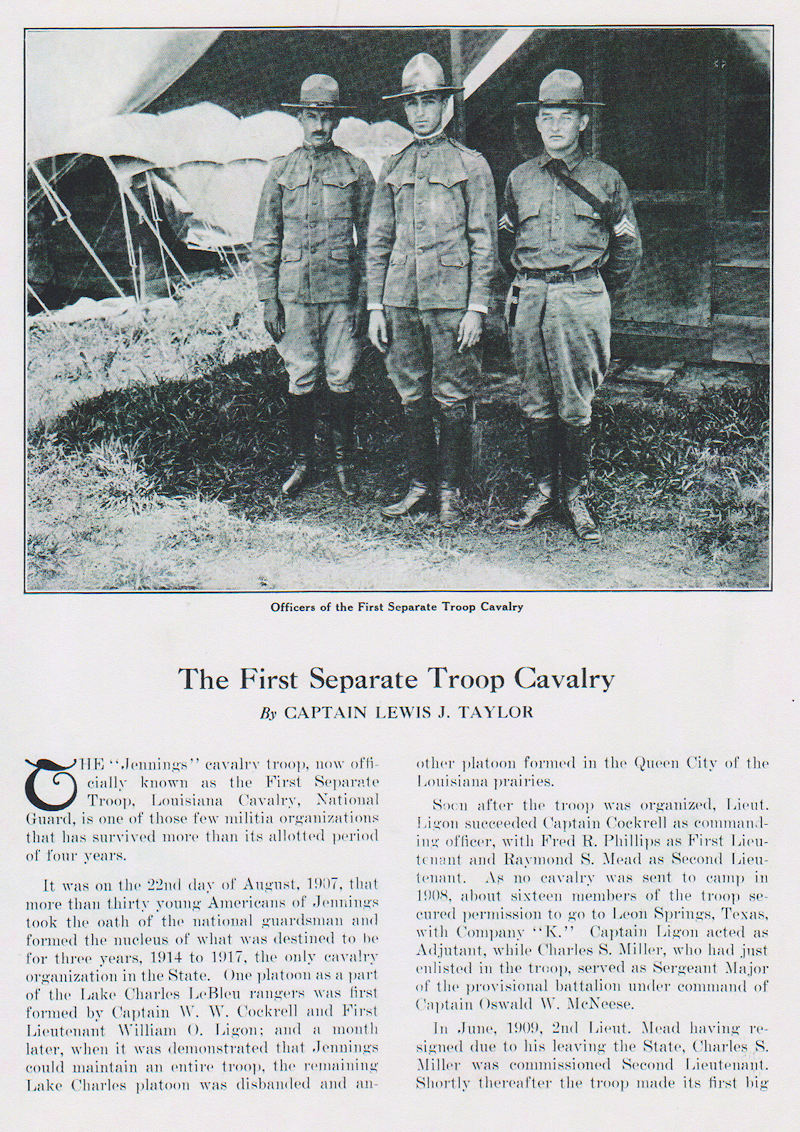 |
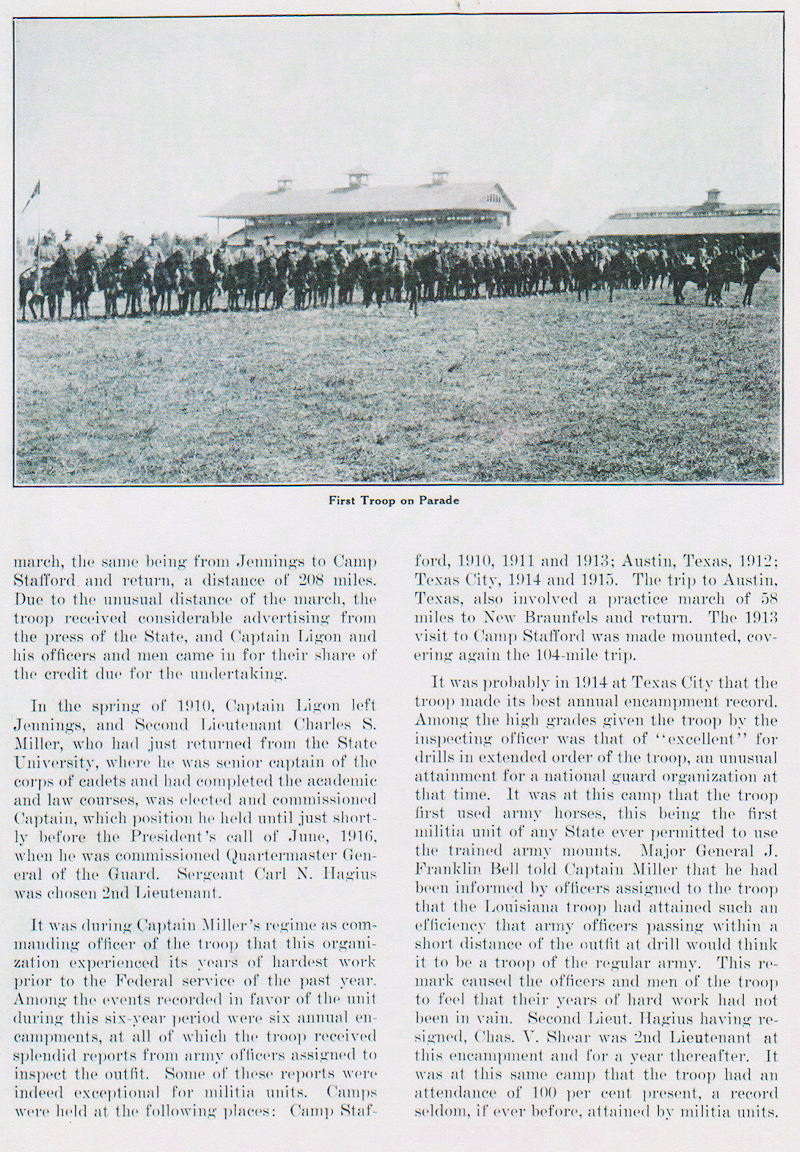 |
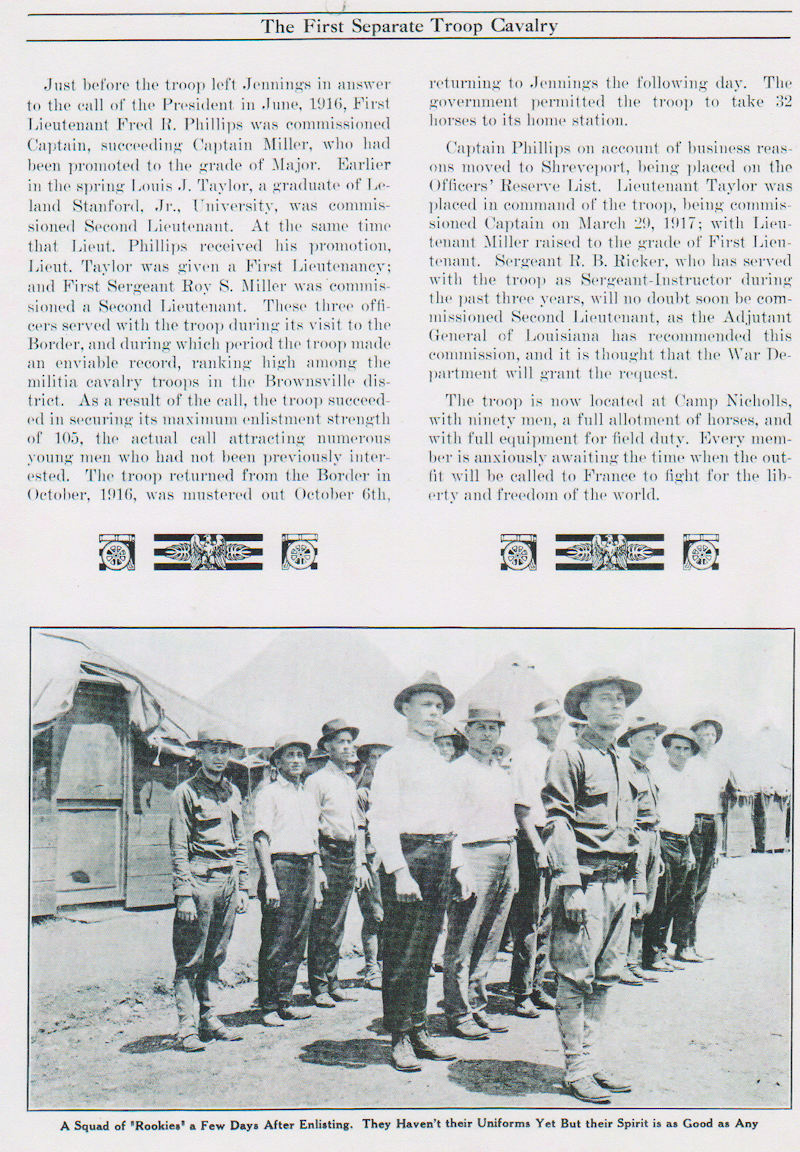 |
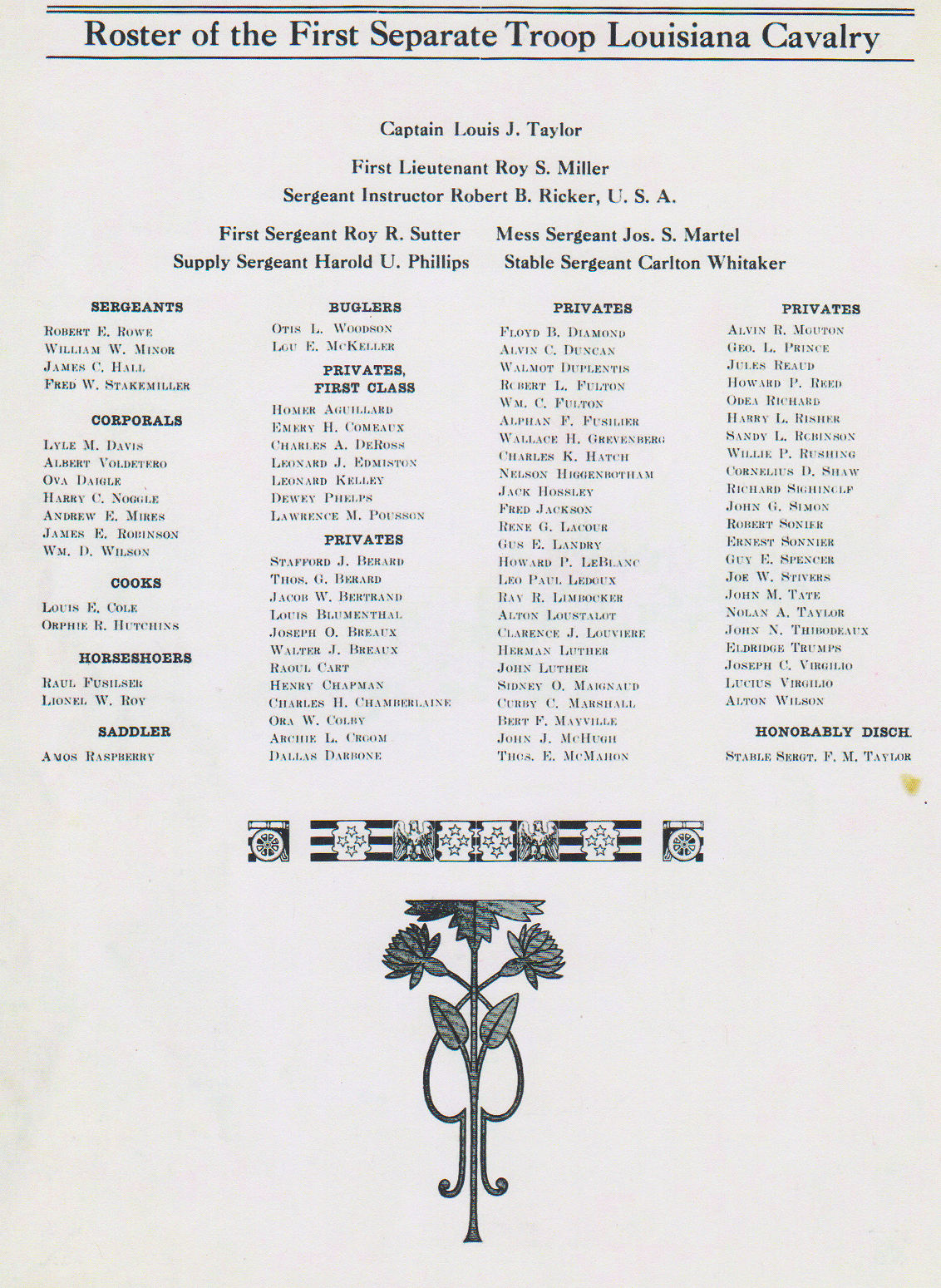 |
Below: Lieutenant Roy Miller led the 2nd Separate Cavalry Troop back home in place of Captain Taylor. In 1919, the unit had quite Victory Parade in their honor back in New Orleans. The members of the Louisiana Cavalry Troop surely preferred this over the Victory Parade that was held in New York for many of the 42nd Division units
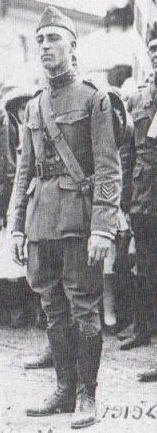 |
Below: A post-WW1 draft card for Louis John Taylor listing his later residence and company in Phoenix, Arizona
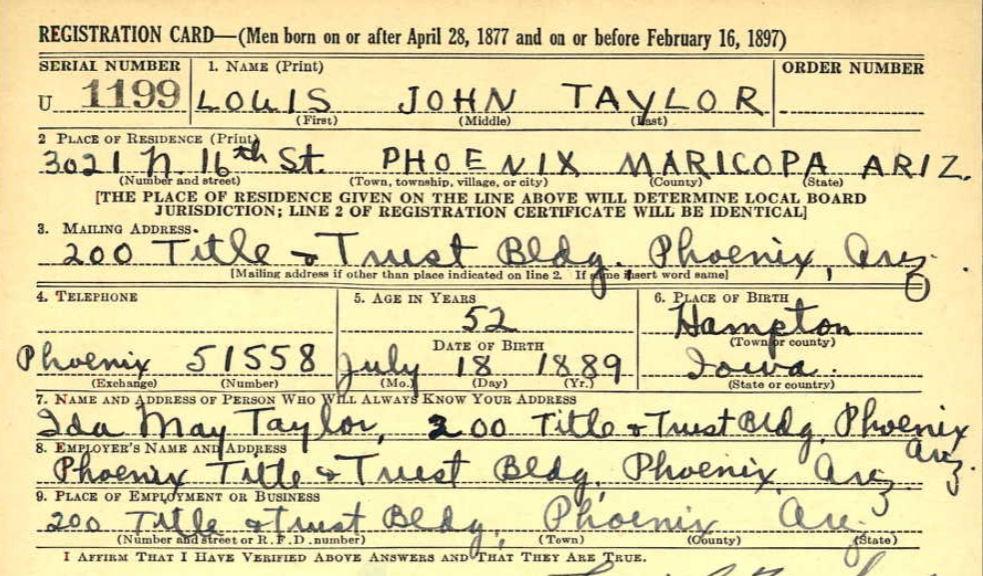 |
Louis had married Christine Rhue McVey on 21 January 1917 in Louisiana and had a child with her named Martha Louise Taylor, so he did return to their home in Norwood Planation, Jennings, Louisiana after WW1. He was involved in founding the local American Legion (Post 19) named after Captain James O. Hall. Captain Hall had been a member of the troop before the war and died of influenza while serving in another unit. Post 19 in Jennings, LA still exist and is the only American Legion in the country to operate its own hospital. Louis’ wife Christine Rhue McVey and their daughter moved to Phoenix, Arizona with him, where they had another daughter in 1921 named Olive Rhue Taylor. Louis’ wife, Christine died in 1924. Louis married Ida May Kinkead in 1926. He worked as a trust officer at Phoenix Title and Trust Company. Louis died 14 September 1966 and is buried in Phoenix
Below: Louis John Taylor’s grave in Phoenix, Maricopa County, Arizona
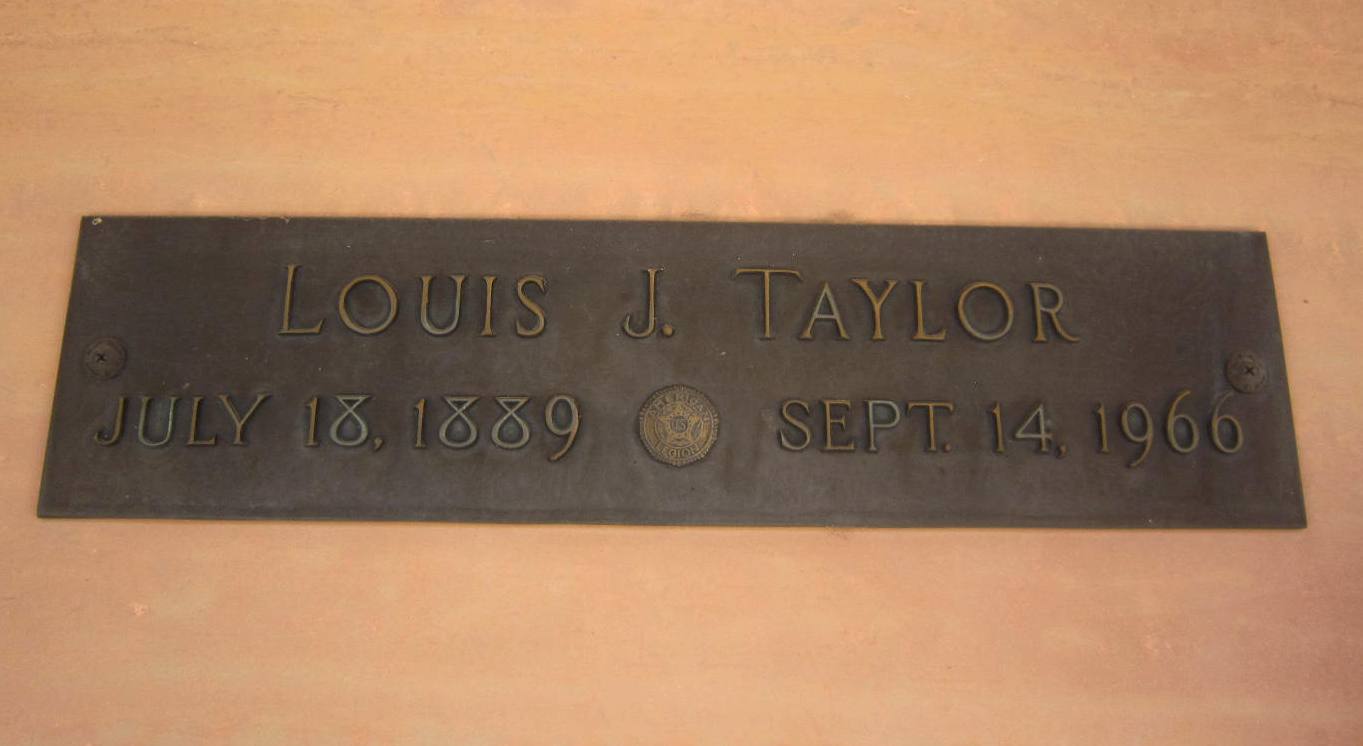 |